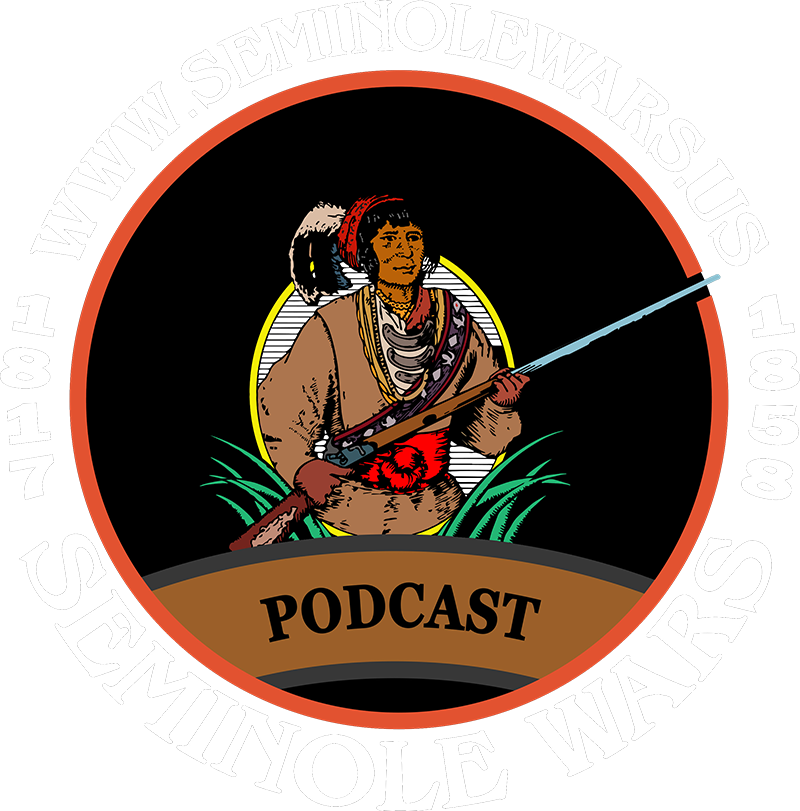The Second Seminole War, often overshadowed by the American Civil War, was a complex conflict that played out between 1835 and 1842 in the challenging terrain of Florida. This war was not just a battle between the United States and the Seminole people, but also a grueling combat against the harsh realities of the Florida environment. This article delves into the intricate dynamics of this war, focusing on the role of the Florida landscape, the impact of diseases, the Seminoles’ adaptation and resistance, and the long-term effects on Seminole culture. It explores how nature itself became a formidable adversary for the U.S. Army, while simultaneously serving as a strategic ally for the Seminoles.
Environmental Challenges for the U.S. Army
The natural landscape of Florida, characterized by its swamps, heat, and diseases, posed significant challenges to the U.S. Army. The environment was so formidable that it was considered one of the Army’s most significant enemies during the war. The struggle against the Seminoles was exacerbated by the prevalence of diseases like malaria, which proved to be the most dangerous enemy, causing more deaths than combat itself. The Army’s difficulties were compounded by the need for physicians to treat the high rate of disease, which was a greater requirement than in conventional warfare due to the guerrilla tactics employed by the Seminoles.
Seminole Adaptation and Resistance
In contrast to the U.S. troops, the Seminoles were well-adapted to the Florida environment. They used their knowledge of the terrain, which included swamps and waterways, to their advantage, employing guerrilla tactics that frustrated the larger and better-equipped U.S. forces. The Seminoles’ intimate understanding of the land, honed through millennia of hunting, gathering, farming, and navigating, allowed them to evade and outmaneuver their opponents. This knowledge was not only crucial during the war but has also been a cornerstone of Seminole culture and survival for thousands of years.
Disease as a Decisive Factor
The impact of disease on the U.S. Army cannot be overstated. Malaria and other fevers, likely malarial in nature, along with heat-related illnesses such as diarrhea and dysentery, were rampant among the soldiers. These diseases were responsible for the majority of the 1,500 deaths in the Army between mid-1835 and the summer of 1842.
Long-Term Effects on Seminole Culture
The wars were devastating to both sides, with significant loss of life and resources. After the fighting ceased, the number of Seminoles left in Florida had dwindled to a few hundred.
The Second Seminole War was a conflict marked by the significant role of the natural environment. While the U.S. Army struggled against the harsh conditions of Florida, the Seminoles used their deep knowledge of the land to resist removal and fight effectively. The war’s legacy continues to affect the Seminole people, as they now face the challenges of a changing climate and its impact on their cultural heritage.



